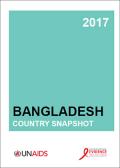What's New
Displaying results 1741 - 1750 of 4924
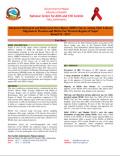
Resource | Fact Sheets,
Nepal is one of the major source countries of migrant laborers, helping to fulfill the demand of the rapidly industrializing countries in Asia and abroad. This is the sixth round of the Integrated Biological and Behavioral Surveillance (IBBS) survey conducted as a part of the national surveillance plan of NCASC among the Male Labour Migrants (MLMs). The objectives of the survey were to track the trend in the prevalence of HIV among MLMs and to explore the sexual risk behaviors associated with the HIV infection. This survey was carried during December 2016 to May 2017. This survey was carried out by the School of Planning Monitoring Evaluation and Research (SPMER) under the leadership of the National Centre for AIDS and STD Control (NCASC).
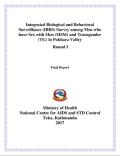
Resource | Publications,
HIV in Nepal is characterized as a concentrated epidemic. Nepal is categorized as a country facing concentrated HIV epidemic. IBBS surveys have been successfully conducted in various rounds in Nepal for the last about a decade among key populations at higher risk for HIV. This is the first round of IBBS surveys among MSM/TG of Pokhara Valley and carried out under the leadership of National Center for AIDS and STD Control (NCASC) with financial and technical support from Save the Children-Global Fund.
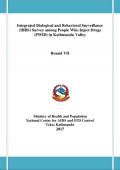
Resource | Publications,
This is the seventh round of Integrated Biological and Behavioral Surveillance (IBBS) survey conducted among People Who Inject Drugs (PWID) in Kathmandu Valley. The survey was undertaken primarily to track the trend of HIV, Hepatitis B (HBV), Hepatitis C (HCV) and Syphilis prevalence and to understand the associated risky sexual behaviors among the PWID of Kathmandu Valley.
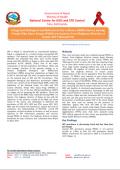
Resource | Fact Sheets,
This Integrated Biological and Behavioral Surveillance (IBBS) survey was carried out by Intrepid Nepal (INPL) under the leadership of the National Center for AIDS and STD Control (NCASC). People Who Inject Drugs (PWIDS) is considered as one of the key affected populations (KAPs) at a higher risk of spreading the HIV epidemic. This is the seventh round of the IBBS study conducted among PWIDs in Eastern Terai highway districts of Nepal.
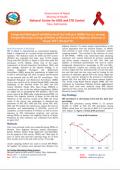
Resource | Fact Sheets,
This Integrated Biological and Behavioral Surveillance (IBBS) survey was carried out by Intrepid Nepal (INPL) under the leadership of the National Center for AIDS and STD Control (NCASC). People Who Inject Drugs (PWIDS) is considered as one of the key affected populations (KAPs) at a higher risk of spreading the HIV epidemic. This is the sixth round of the IBBS study conducted among PWID s in Western Terai highway districts of Nepal.
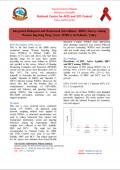
Resource | Fact Sheets,
This is the first round of the IBBS survey conducted among Women Injecting Drug Users (WIDUs) in Pokhara Valley. The females of 16 years and above who had been injecting drugs for at least three months preceding the survey were defined as WIDUs and enrolled in the survey. School of Planning Monitoring Evaluation and Research (SPMER) carried out this survey from December 2016 to May 2017. The survey was undertaken primarily to determine the prevalence of HIV, syphilis, Hepatitis B (HBV) and Hepatitis C (HCV) infection among WIDUs.

Resource | Publications,
Contraceptive prevalence, a measure that represents the proportion of women who currently use a contraceptive method, does not take into account the duration or interruption of use, or changes in method, which have an impact on the effectiveness of contraceptive use. Using data from the 2014 Cambodia Demographic and Health survey, this study estimated rates of contraceptive discontinuation, failure, and switching, including reasons for discontinuation, among married women age 15-49, and estimated the associations with selected socioeconomic and demographic characteristics. The study found that one in every four women surveyed discontinued their contraceptive method during the first year of use. The two most commonly cited reasons for discontinuation were desire to become pregnant and health concerns with the method, while cost or access were rarely reported as reasons for discontinuation.

Resource | Publications,
This report explores issues related to fertility among young women age 15-19 and to abortion among women age 15-49 in Cambodia, based on two Demographic and Health Surveys (DHS) conducted in 2010 and 2014. In 2014, approximately one in every eight young Cambodian women age 15-19 either already had a live birth or were currently pregnant with their first child. Teenage fertility increased from 8% in 2010 to 12% in 2014. In general, teenage fertility in Cambodia rises with increasing age, lower household wealth, and lower levels of education.
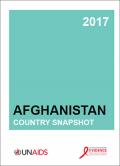
Resource | Reviews and Snapshots,
The country snapshot prepared by UNAIDS Regional Support Team for Asia and the Pacific and AIDS Data Hub provides information on the HIV epidemic and response in Afghanistan country.






